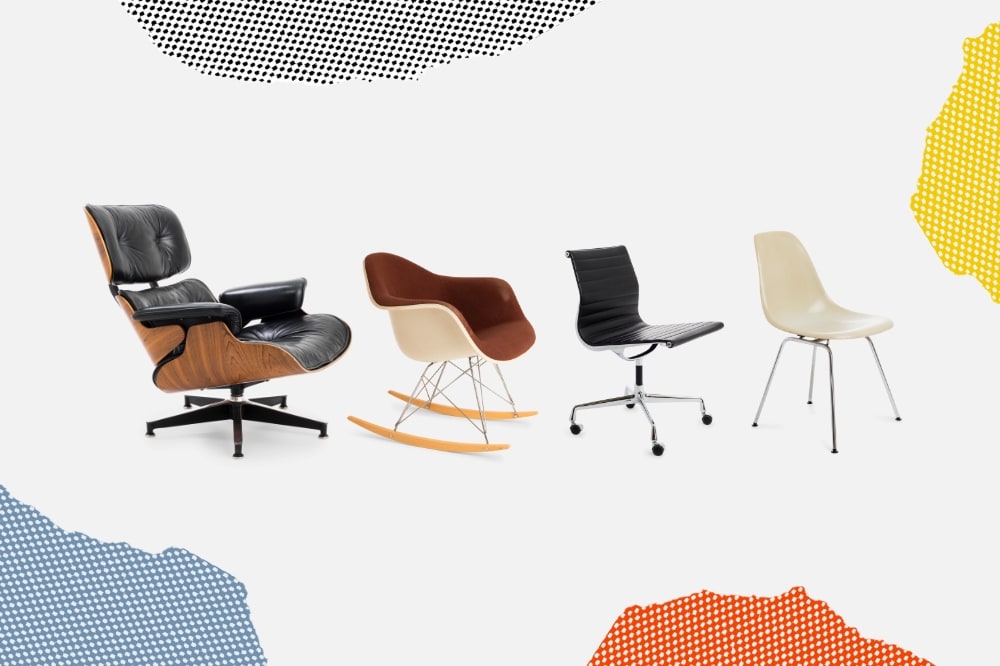
The biography of Arne Jacobsen
The biography of Arne Jacobsen
Arne Jacobsen is one of the most known Scandinavian architects and furniture designers of the 20th century with pieces such as the Ant, the Swan and the Egg, as well as buildings such as the SAS Royal Hotel in Copenhagen and the Saint Catherine’s College in Oxford.
Arne Jacobsen trained in masonry before he began studies at the Copenahagen Technical College from where he graduated in 1924, and continued to study architecture at the Royal Danish Academy of Fine Arts in Copenhagen until 1927. In 1925, aged only 23, Jacobsen won a silver medal at the Paris World Fair for the design of the Parisierstolen (eng. the Paris Chair).
From 1927 until -30 Jacobsen worked in the architectural studio of Paul Holsoe, whereafter he founded his own studio. In 1927 Jacobsen and fellow architect Flemming Lassen won a competition to design a House of the Future. The winning entry was the Circular house that was constructed for the Housing and Building Exhibtion at the Forum in Copenhagen.
In 1930(32) Jacobsen began designing an apartment complex in Bellevue, the Copenhagen beach district (finished in 1935) and from 1937 until -42 he designed the City Hall in Århus. For the later Jacobsen also designed furniture and textiles, which he continued to do in his later projects.
For the lunchroom at the Danish pharmaceutical company Novos Jacobsen designed the three-legged chair Myran (eng. the Ant) in 1952, produced, like most of Jacobsen’s designs, by Danish manufacturer Fritz Hansen. Three years later Jacobsen designed the chair Sjuan (eng. Sevener, No.7) which has been sold in over 7 million copies since its launch in 1955.
Jacobsen, being a Jew had to flee to Sweden in 1943, where he a.o. designed a textile collection for NK Textilkammare (eng. NK's Textile Chamber). After the war Jacobsen returned to Denmark where he during nine years from 1956 worked as a professor at the Royal Danish Academy of Fine Arts in Copenhagen while also designed and furnished the SAS Royal Hotel in the same city. For the hotel Jacobsen designed the iconic armchair Ägget (eng. the Egg) and Svanen (eng. the Swan).
In November 1958 the furniture for the SAS Royal Hotel, including the Egg, was revealed at the Formes Scandinaves exhibition at the Musée des Arts Décoratifs in Paris. Jacobsen also designed abroad, where Saint Catherine’s College in Oxford (1960) – for which he also designed the Oxford furniture collection - and the city hall in Mainz (1970) are the most prolific.
In 1957 Jacobsen received a silver medal at the Milan Triennal, and five years later he became a member of the American Institute of Architects. In 1966 Jacobsen was appointed an honorary doctorate from Oxford University and one year later he designed the Cylinda Line product series for the Danish company Stelton.
During Jacobsen’s last year he received a gold medal from the Frankfurt Architecture Academy, while working with his design on the Danish National Bank in Copenhagen. The work commenced in 1965 and was completed first in 1978, seven years after Jacobsen's death. Arne passed away in March 1971 at the age of 69.
Read more about about the designer here.



















































